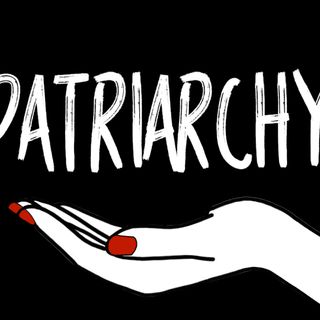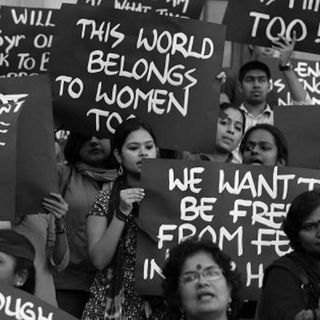An analysis of data collected by the Centre for Monitoring Indian Economy (CMIE) has found that there’s been a drop in India’s female labor participation rate in both rural and urban areas. Effectively, this means that the number of women older than 15 years, who are either working or actively looking for work, has decreased dramatically: from 27% in 2013, to only 10.7% as of August 2018.
“It is shocking to a point of being unbelievable,” said Mahesh Vyas, CEO of the think tank. “Male labour participation rates have hovered around 75% and women’s participation rates were close to 16.4%. Thats a big difference, but it is almost an accepted fact. […] But, a female labour participation rate of 10.7% is shockingly low.” The steep fall, Vyas continued, could be a fall-out from the shock of demonitization, which resulted in a loss of jobs and labor force across the board. Pointing out the difference between the labor participation rate and the general data for unemployment, Vyas added, “In my opinion, the [labor participation rate] is more important than the unemployment rate because it tells us how many people are willing to work.”
Or how many people who might want to work, but are being prevented from doing so.
“We, as a society, need to recognize and correct a very substantial bias that we have against women in the workforce.”
India has one of the fastest growing economies in the world, and is set to exceed China’s growth rate by 2019. But the gender inequality in the workforce is a glaring misstep that needs to be reckoned with. According to the CMIE report, India has one of the lowest rates of women’s participation in the workforce in the world — only better than Yemen’s 6%. The drop in labor force participation rates among women in rural India decreased from 14.4% in 2016 to 11% in 2018, while urban India saw a drop from 16.4% to 11% as well. These numbers are startling, and even if we put all arguments about the importance of gender equality aside, they have huge consequences for the country’s economy.
By 2027, India will have the largest workforce in the world, accounting for 20% of the global labor force. Therefore, reaching gender parity would have a bigger impact on India than in any other region in the world. Even a 10% increase in women’s labor force participation would add $700 billion to India’s GDP by 2025. However, India’s also a country that encourages entrenched gender roles that disadvantage women; that pay women only 62% of what their male colleagues make; and push women out of career paths if their husbands’ salaries are higher. This is in addition to the routine discrimination against women for career advancement opportunities, rampant sexual harassment in the workplace that #MeToo is bringing to light, and initiatives like the Maternity Benefit Amendment Act (2017), which arguably made it less attractive for companies to hire women “of childbearing age.” So perhaps, that 10% increase in the labor force is a hard ask.
In the end, the data speaks for itself. And what it’s telling us is that India’s gender disparity isn’t just bad, but it’s been getting progressively worse over the years, in spite of policies intended to course correct.
Labor markets severely skew against women, agreed Vyas. “Less women seek work than men, and yet, women face a much higher unemployment rate than men. This reflects a discrimination against women,” he said. “The #MeToo shows us the harsh conditions under which the few women who go out to work, do work. Demonetisation shows the harsh gender discrimination of an economic shock. We, as a society, need to recognize and correct a very substantial bias that we have against women in the workforce.”




